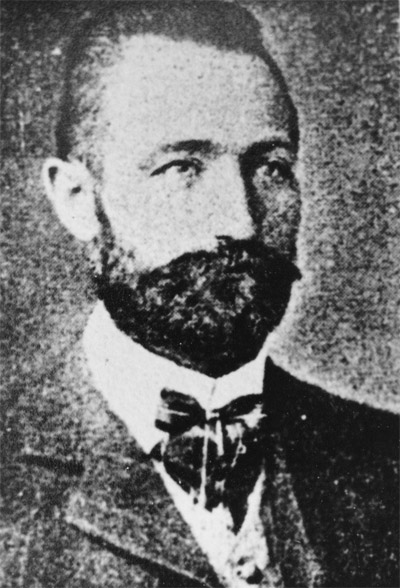 Edward Halsey
Edward Halsey
1901
In 1901, Edward Halsey, a Seventh-day Adventist and baker trained at the Battle Creek Sanitarium, came to New Zealand to prepare healthy food for a small health home. Driven by a desire to share these healthier alternatives, he began making batches of Granola, New Zealand's first breakfast cereal, Caramel Cereals (a coffee substitute) and wholemeal bread in a humble wooden shed in the Christchurch suburb of Papanui. These products became known as Sanitarium Health Foods. Demand began to grow outside the health home as patients wished to continue eating these products even after they recovered.
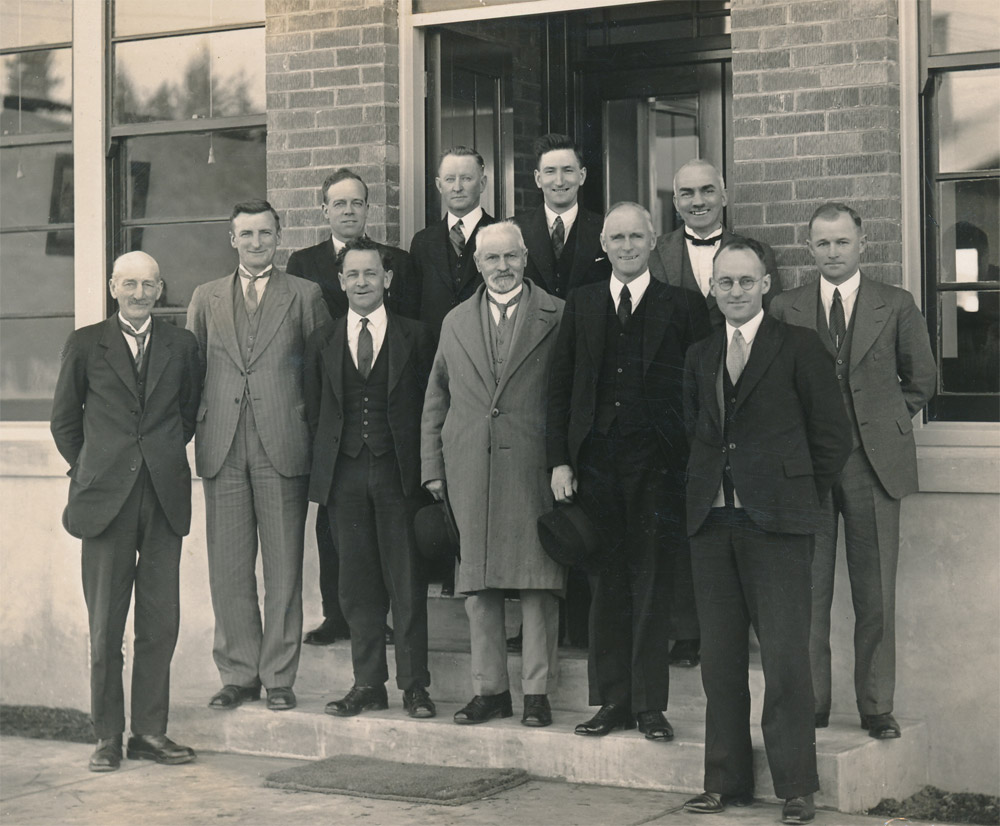
1901
Sidney H. Amyes, a wealthy local farmer, was so keen to see the enterprise succeed that he funded the purchase of a small oven and became the unpaid manager, working alongside Halsey. Amyes was a man of vision, determined that New Zealanders should have access to the health products that were gaining prominence in the United States.
Amyes and Halsey rapidly built the fledgling business together, selling their products through local grocers and merchants all over the country. Door-to-door canvassers introduced the products to people at home. In October 1901, a shop opened in The Square in Christchurch, where customers could buy the products, followed by the Health Food Agency in Wellington and another retail outlet in Auckland. Articles in the Christchurch "Press" helped highlight these foods to the general public.
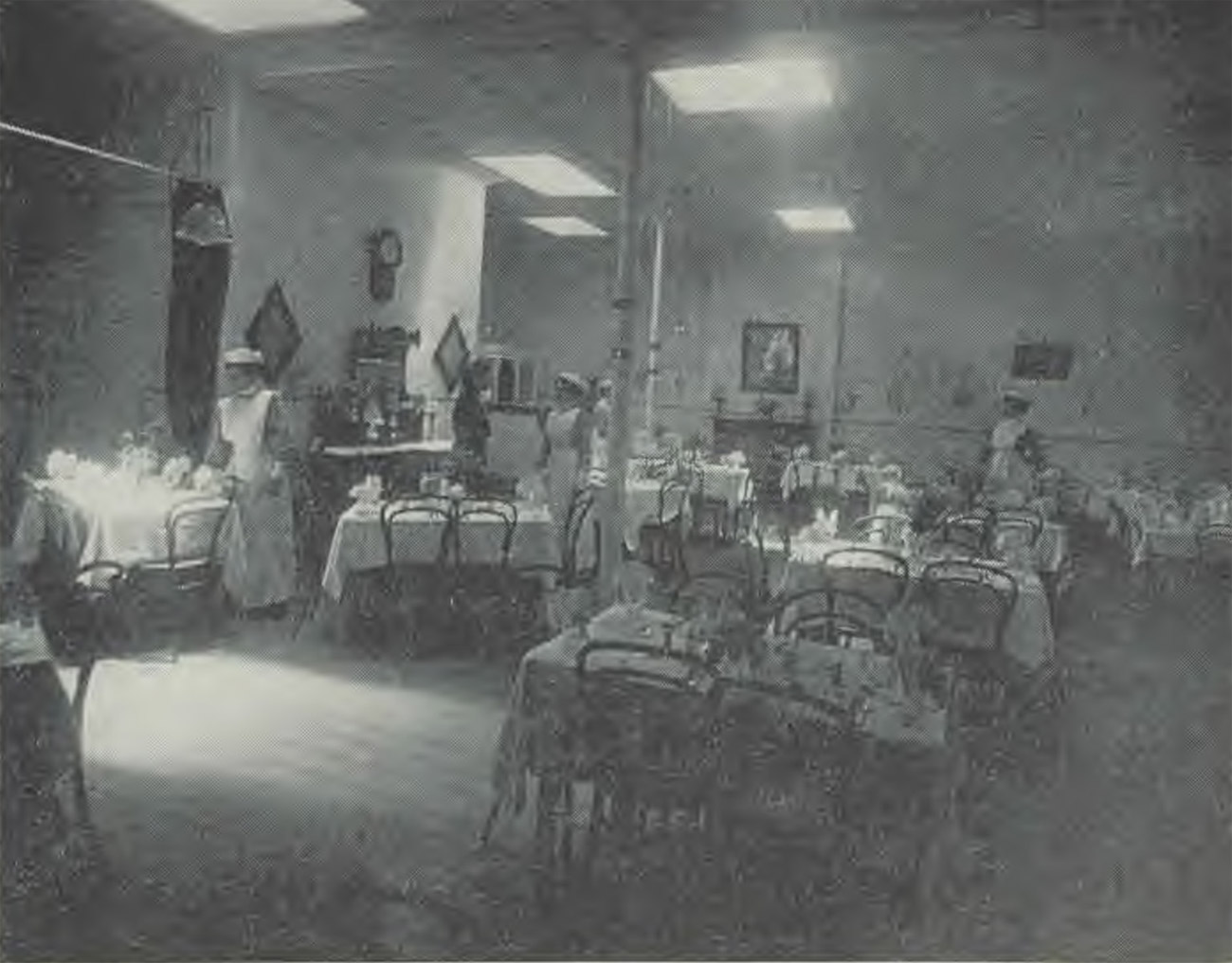
1906
The popularity of the health foods was such that Sanitarium began opening cafés, offering customers wholesome, plant-based foods and educating them about healthy eating through cooking demonstrations. In 1906, the first Pure Foods Café was opened in Wellington. A second vegetarian café was opened in Auckland in November 1907, followed by Christchurch and Dunedin.
These cafés originally operated separately from the food manufacturing work that had been attached to the Health Home, but in 1909 these were united under the Sanitarium Health Food Company Board, leaving the medical work as its own enterprise.
The retail cafés and shops prospered for decades, becoming the forerunners to modern health food retail shops.
However, by the 1980s, changes in the buying habits of consumers prompted the Company to close these outlets in order to partner with the growing supermarket business.
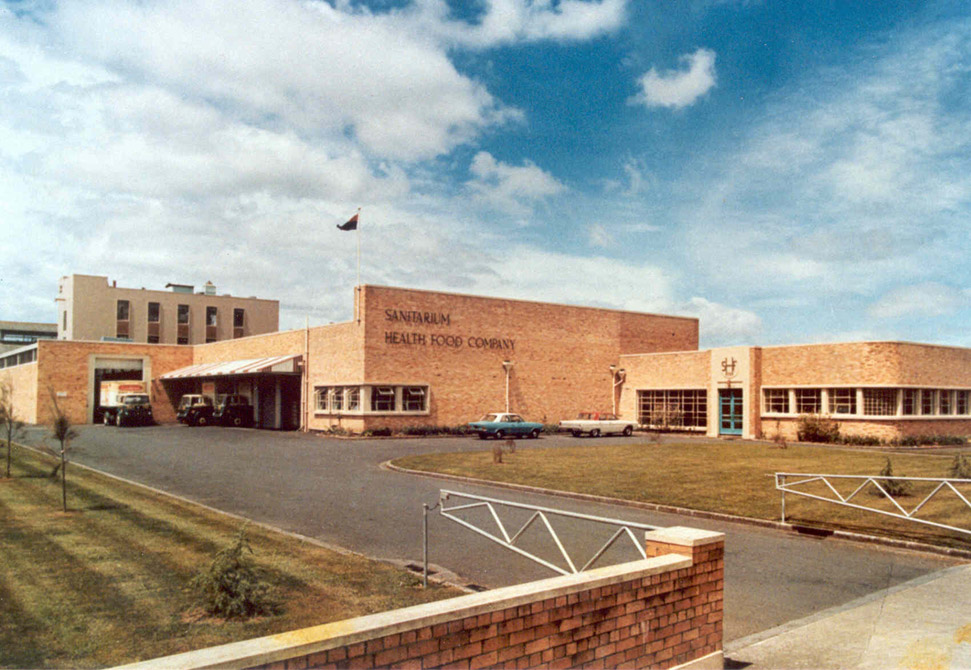 Auckland Factory, circa 1970
Auckland Factory, circa 1970
1912
In 1912, plans were made to move operations to a factory in Wellington, but plans fell through and for the next five years foods were imported from Australia. By 1922, a new factory had been built in Christchurch to keep up with demand and introduce new product lines. The factory was well-placed to supply health foods to both the North and South Islands, and by 1923 another upsurge in demand resulted in further extensions to the factory so that production could be doubled. This clearly demonstrated the growing popularity of Sanitarium’s health foods.
Growth was so rapid in the mid-1920s that three shifts worked 24 hours a day and still were unable to keep up. Despite the downturn of the Great Depression, growth was so good that the factory was upgraded again in 1931.
At this time, a new factory manager, Andrew Dawson, engaged Edgar Taylor to design the factory's renowned gardens. For years, Sanitarium Health Food factory’s beautiful gardens won many of the city’s industrial garden competitions, and became a point of interest to tourists.
The wholesale business expanded after direct deliveries began in 1933, so the factory office staff moved into a new building across the road, which was the centre of the company’s activities for many years. Three full-time workers were engaged in sales promotion and by 1937 this had increased to ten salespeople, driving large delivery vans. Wholesale warehouses were established at the Christchurch and Auckland factories.
During World War II, petrol was in short supply, so the Company installed charcoal-burning gas producer units on the vans and trucks so that deliveries could be made on time.
Fuelled by the success of Weet-Bix, Sanitarium widened its product range further after World War II, expanding its operations again, which had been curbed due to wartime restrictions.
Another factory was built at Palmerston North in 1952, particularly to help Auckland and Christchurch factories supply ample flake biscuits to the market. At this time, focus on sales and promotion was renewed as surplus product became available. (This factory ceased operations in 1996 when the company decided to centralise its operations).
The Auckland factory had been acquired through the purchase of Grain Products in 1930. In the mid-1950s the need for a new factory became evident, so a new facility was built in Pah Road, Royal Oak. This opened in 1961, introducing automation processes and machinery to increase production into the foreseeable future. In 1964 this became Sanitarium NZ’s Head Office.

1920
Sanitarium’s approach to advertising has always been guided by the principles of reliability, trustworthiness and good nutrition. In the early years, the best form of promotion for Sanitarium products came via word of mouth recommendations and referrals from chemists and doctors, as the foods were sold on their health benefits.
Prior to 1920, most of the advertising conducted by the company was done by local retailers, who would put products on display in their windows.
The new medium of radio was explored during the 1920s and 1930s. In 1940, popular New Zealand radio personality Aunt Daisy helped advertise the products, visiting the factory to see how the products were made. She even rolled up her sleeves to make a tray of wheat biscuits.
Late in 1930, Sanitarium moved into gift-coupons, which were a popular advertising strategy of the day. The practice of inserting collector cards in boxes of Sanitarium Weet-Bix began in 1942.
Television advertisements for Sanitarium products began appearing from the early 1960s; one of the earliest was for Weet-Bix.
In the 1970s, direct deliveries were all but abolished and retail managers joined the special sales awareness campaigns promoted by shopping mall managers, setting up stalls and giving away samples.
Marketing tactics were changing, and cooking demonstrations introduced a new generation to vegetarian meals. Around the country, Lola Thomas gave demonstrations and disseminated information at church groups, parenting group meetings, police and social clubs and even gaols, reaching an estimated 6,000 people a year. She presented the company’s products and demonstrated how protein substitutes could be used to replace or provide variety to meat.
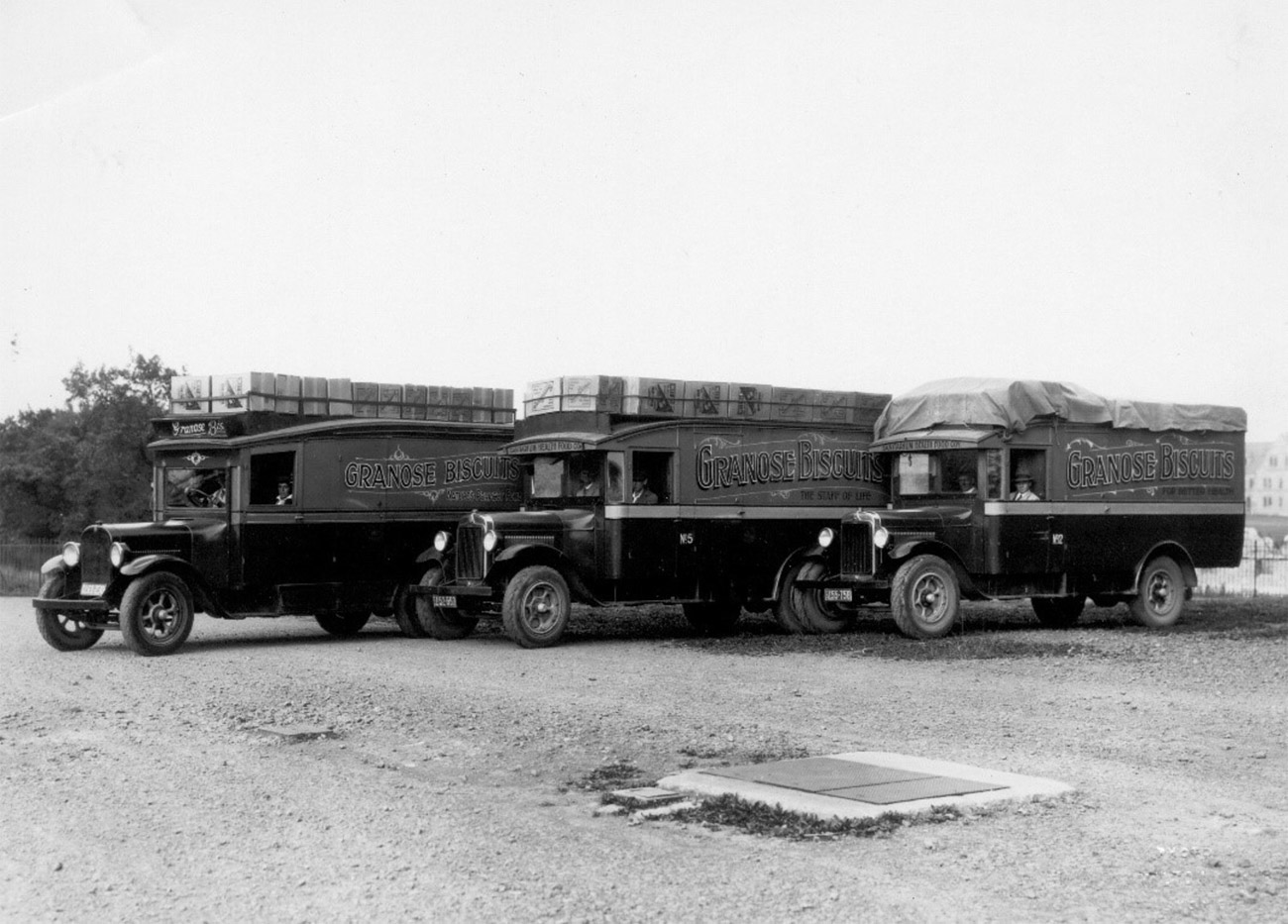
Kiwi kids are Weet-Bix kids
Sanitarium's original wheat biscuit, Granose, was produced after Dr J.H. Kellogg discovered the secret to rolling wheat flakes through his healthy food experiments at Battle Creek in 1894. (His brother Will later founded the Kellogg's cereal empire).
Granose was marketed in New Zealand during the early 1900s, not only as a breakfast cereal but also as an alternative to bread. During the 1920s, Sanitarium faced a challenge to Granose from a new sweetened flake biscuit called Weet-Bix™, which was produced by a company called Grain Products, also connected to the Seventh-day Adventist Church.
In 1930, Sanitarium acquired Grain Products and its Auckland and Christchurch operations, making Weet-Bix™ its own.
Promotional campaigns such as postage-stamp give-aways further popularised Weet-Bix, enshrining it as "New Zealand's breakfast food".
Of all the Weet-Bix advertising campaigns, there is one that has captured the hearts and minds of New Zealanders like no other. In 1985, Sanitarium launched the ‘Kiwi kids are Weet-Bix kids' jingle, and it quickly cemented its place as the breakfast anthem for generations of families.
Millions of Kiwis are proud to call themselves Weet-Bix kids and many have participated in the iconic Sanitarium Weet-Bix Kiwi Kids TRYathlon, a self-esteem building rite-of-passage which has been running since 1992. The brand has become synonymous with sport, teaming up with the All Blacks rugby team and other stars of the sports field.
Over the years, the Weet-Bix product range has evolved to meet the health needs of consumers, releasing variants such as Weet-Bix Gluten-Free and Weet-Bix Cholesterol Lowering.
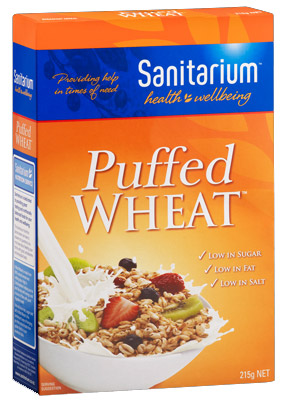
Puffed Wheat
Production of Puffed Wheat in New Zealand began in 1940. A "puffing gun" was shipped from Melbourne and the wheat was originally exploded through it, requiring much experimentation and cleaning of the factory walls before success! It quickly became one of Sanitarium’s most popular cereals, that has stood the test of time.
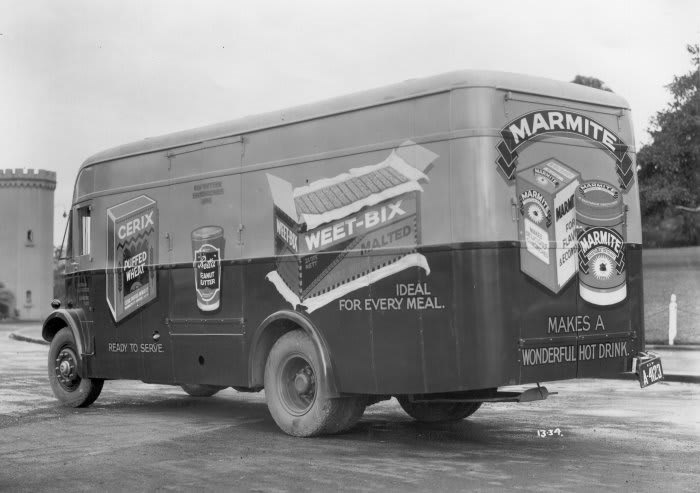
Marmite™
Marmite™ was introduced to New Zealand by Sanitarium in 1924, initially imported from the United Kingdom. As an excellent source of vitamin B, it was dropped from bi-planes to diggers stranded in Mesopotamia during World War I. It was also commandeered by the English government for its troops. Both world wars disrupted supplies, prompting Sanitarium to embark on the development of its own substitute.
After securing the secret formula from the English just before World War II, Sanitarium developed its own Marmite, launched in 1944.
From the mid-1980s up until 2019, the Sanitarium New Zealand factory in Christchurch manufactured all the Marmite sold in the South Pacific. Today it is manufactured in the Auckland factory, after the Christchurch factory was closed down in stages due to damage from the 2011 earthquake.
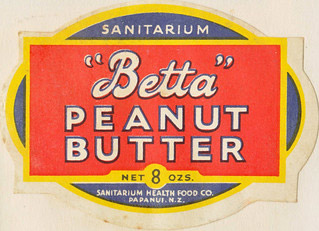
Peanut Butter
Sanitarium began manufacturing peanut butter in Christchurch in 1910. After a short hiatus, it was reintroduced in 1931 under the name Betta Peanut Butter, a name which was used until the 1960s. Peanut butter continued to be made at Christchurch until the 1990s.
Today we still source our peanuts from suitable growers around the world that comply with our rigorous quality and supply requirements.
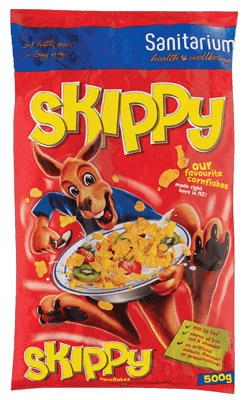
Corn flakes
The Auckland factory had been manufacturing corn flakes using grits prepared at Cooranbong in Australia until 1967, when the New Zealand Government restricted imports, threatening the product line’s survival. This created a number of problems, including potential delays in sourcing machinery, but these were overcome and the factory became self-sufficient at producing its own grits. In 1976 an additional loose flakes line was added, producing many other Sanitarium cereals that New Zealanders have come to know and love.
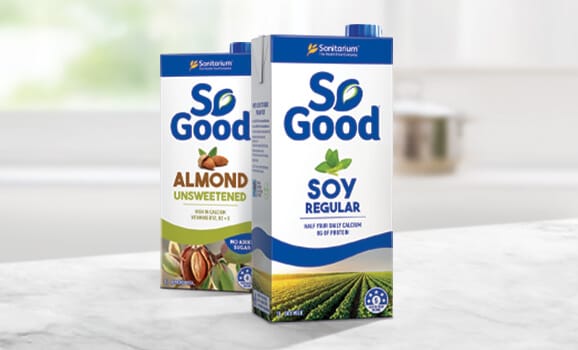
So Good
Sanitarium began researching soy drinks in 1956 after a visiting American medical missionary, Dr Harry Miller, shared the knowledge he had gleaned through his soy milk experiments in China. Using Miller’s recipes, Sanitarium’s scientists produced two similar products, but a strong bean flavour remained that was unpalatable to the general public.
It was 1984 before interest in soy milk regained momentum, after a couple of US salesmen left behind a bag of soy protein isolate. Sanitarium’s research and development team experimented with it until they gradually developed a milk-like drink. Following a small trial run in 300ml milk cartons at Oak Dairy Company in Australia, the idea to package it in a Tetra Pak was floated. The first commercial batch of So Good Regular was produced at the Dairy Farmers site in Sydney in 1986.
Today, the So Good brand is a household name. It has a large range of successful plant-based milks, and has recently released a barista range under its sister brand, Alternative Dairy Company.
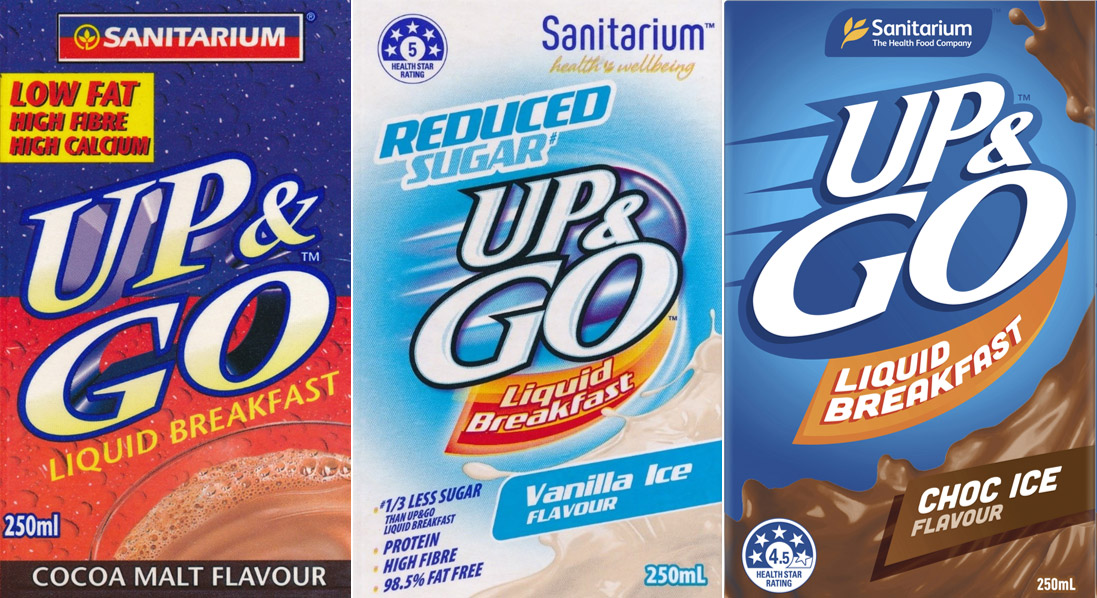
UP&GO – Changing breakfast habits
While the benefits of a wholesome breakfast were well established, by the early 1990s the pace of modern life saw a new trend taking hold – breakfast skipping.
This inspired our nutritionists and food scientists to create a convenient and nutritious breakfast option for busy people. In 1998 we launched UP&GO™, containing the essential protein, energy, fibre, vitamins and minerals that time-poor people need to power through the morning.
Creating a liquid breakfast category in a world-first innovation, it proved to be a product idea that would change the breakfast landscape for decades to come.
Sales of UP&GO grew into the top 10 of the breakfast category in 2003, only six short years after product’s inception, and in 2012 it became the number one breakfast brand. In part this was due to the credible reputation and brand Sanitarium has built on the back of offering quality, healthy products.
Fast forward to today and life hasn’t slowed down - in fact, it’s even faster - and UP&GO is still the top selling product in the breakfast aisle.
Our most recent addition to the UP&GO family is UP&GO No Added Sugar, which has the same amount of sugar as a glass of regular milk.
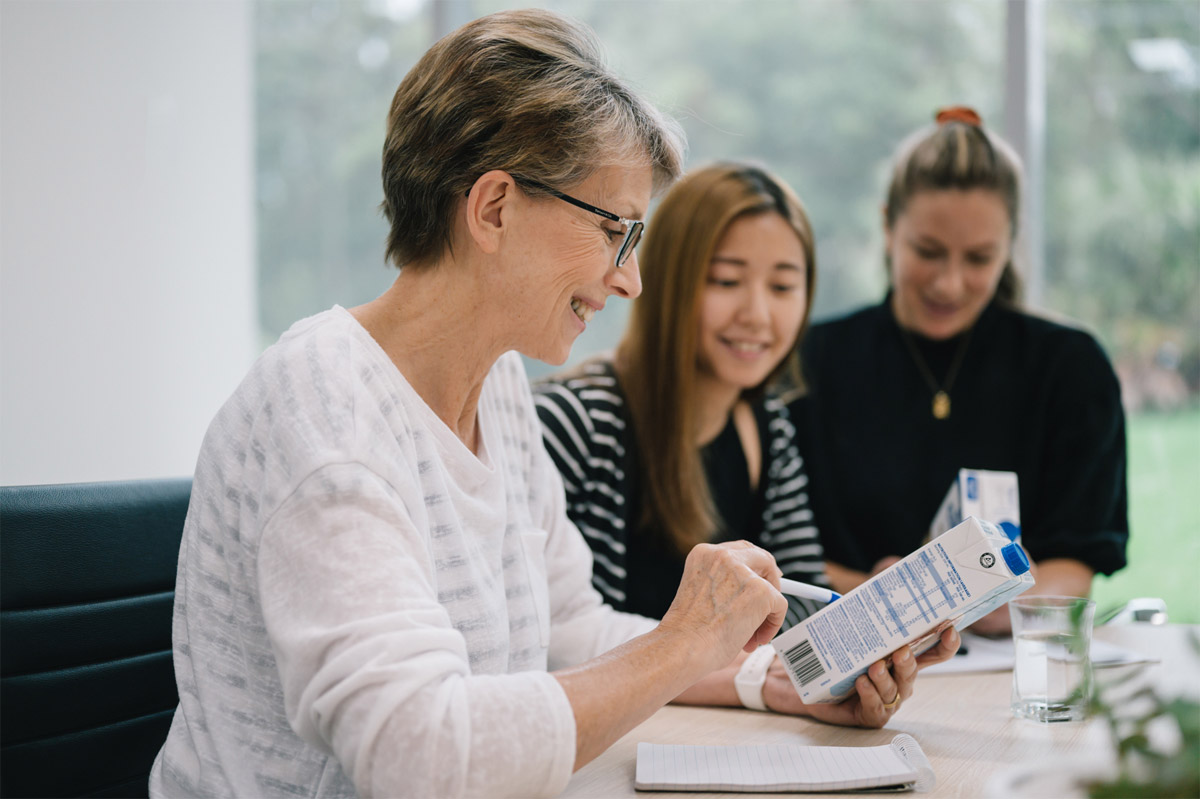
As the era of the retail health food shops drew to a close, in October 1987 the company launched a professional support system to champion nutrition education, which drew on its long history of teaching the benefits of plant-based eating.
The Sanitarium Nutrition Service operated for 21 years and greatly influenced Sanitarium’s nutrition reputation with government and consumers. The team answered thousands of consumer enquiries about nutrition and vegetarianism, published cookery books, gave cooking demonstrations and attended trade fairs, before folding to invest in future ways to engage people in health and wellbeing.
However, the service lives on today through Sanitarium’s Nutrition Insights team, which supports the development of educational materials and recipes, provides nutrition advice for product development and plays an important role working with government and industry on food policies. The team also supports the "Ask a Nutritionist" inquiry line, continuing this free service for consumers.
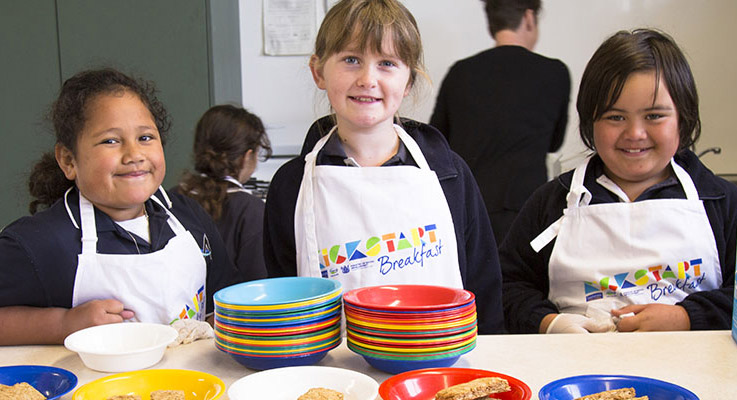
In keeping with Sanitarium’s ethos of nutrition and healthy living, Sanitarium also partners with a range of charities, both locally and throughout the South Pacific.
Sanitarium has partnered with Fonterra since 2009 and the New Zealand Government since 2013 to facilitate Kickstart Breakfast Clubs. The program now reaches 1,000 schools and provides breakfast to over 30,000 children each day.
Sanitarium also has a longstanding partnership with the Graeme Dingle Foundation. Since 2000 it has supported the Foundation’s STARS Programme, which fosters a stronger community in the school and gives students more confidence and resilience in their school environment. Graeme Dingle Foundation programmes reach more than 27,000 young people in 40 communities across New Zealand.
Sanitarium has been a partner of World Vision since 1984, contributing a total of over $400,000 to support the 40 hour famine and the Youth Ambassador Programme.
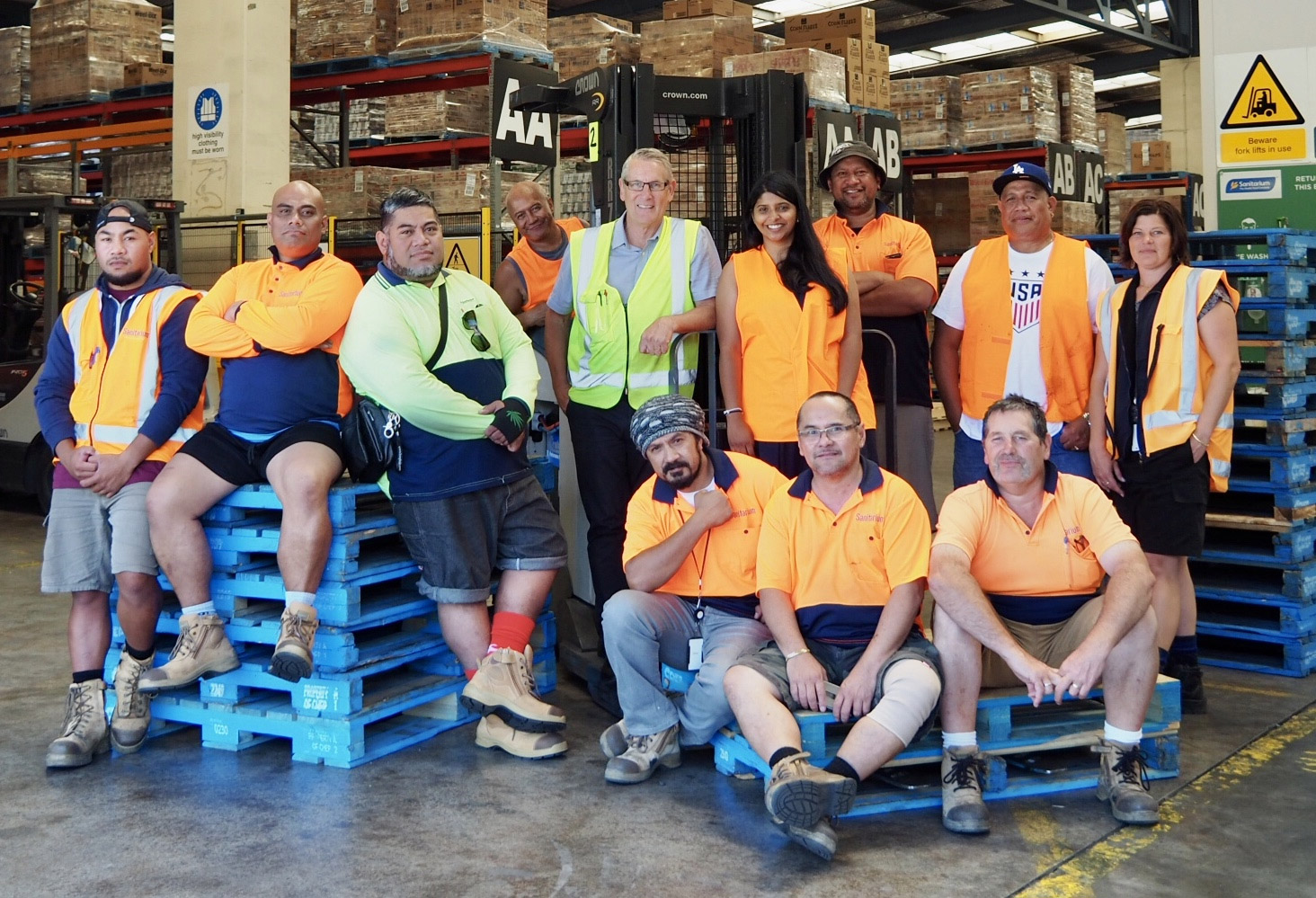
Since Edward Halsey began the business, the Sanitarium Health Food Company has remained at the forefront of healthy eating. We advocated vegetarian eating as a healthy diet option long before it was trendy and we were the first to introduce the concept of the health food shop to New Zealanders.
Today, Sanitarium New Zealand is owned and operated by New Zealanders, while Sanitarium Australia is owned and operated by Australians. However, we work together to produce over 150 products and employ approximately 1,500 people in our manufacturing and distribution sites throughout both countries. Sanitarium exports to 44 countries around the world, with China being the largest export market.
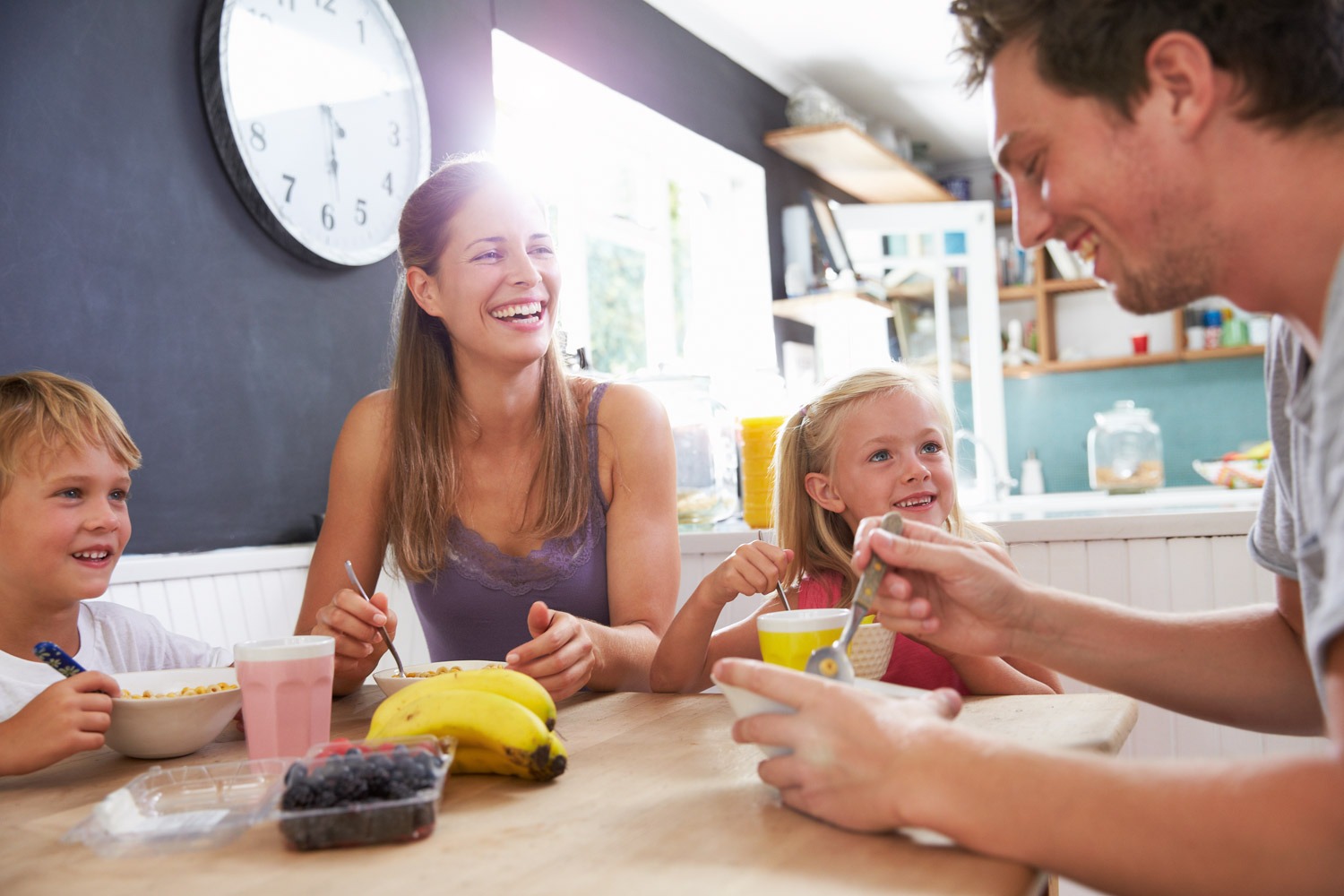
Now, 120 years on from our humble beginnings, our company continues to evolve to meet the health demands of consumers – from producing Gluten Free Weet-Bix and UP&GO, to helping address lifestyle diseases through the innovation of Weet-Bix Cholesterol Lowering.
Sanitarium is one of New Zealand’s most Trusted Brands, as voted by consumers as in the Annual Readers Digest Trusted Brands awards, winning the highly-coveted Most Trusted Breakfast Food award for ten straight years.
This recognition is appreciated all the more because our commitment to sharing our health knowledge has not wavered. From providing education through our cafes and retail shops, to our Sanitarium Nutrition Service, to our current food and nutrition program on our digital platforms, our mission of helping communities to be healthy has never been more important.